Choosing the Right Transmission: 4 Wheel Drive, Rear Wheel Drive, and More
The type of transmission system in a vehicle plays a crucial role in its performance, handling, and efficiency. When it comes to selecting the right vehicle for your needs, understanding different transmission systems can help make the best choice. In this article, we will explore the benefits and features of 4 wheel drive transmission, rear wheel drive automatic transmission, and rear engine rear wheel drive transmission systems. By the end, you’ll have a clearer understanding of each type and how they impact driving experience and functionality.
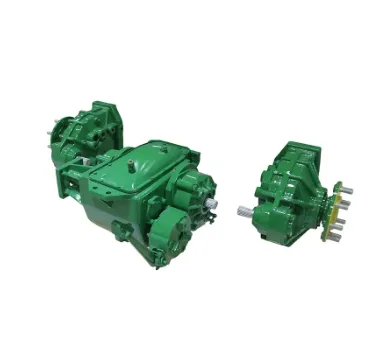
4 Wheel Drive Transmission: A Powerful Choice for Off-Road and All-Terrain Vehicles
The 4 wheel drive transmission (4WD) is a system designed to send power to all four wheels of a vehicle, providing improved traction, stability, and control, particularly in rough, off-road, or challenging weather conditions. This type of transmission is commonly found in SUVs, trucks, and off-road vehicles, making it a top choice for those who need enhanced performance in diverse terrains.
Enhanced Traction and Control – The 4 wheel drive transmission ensures that power is distributed to all four wheels, which helps to prevent slippage and maintain traction on slippery or uneven surfaces. Whether you’re navigating snow, mud, or steep inclines, the 4WD transmission provides increased control to help you maintain stability.
Ideal for Off-Road Adventures – If you love off-roading or require a vehicle that can handle harsh terrains, the 4 wheel drive transmission is essential. With a 4WD system, you can easily tackle off-road conditions like rocky hills, dirt trails, and water crossings, making it a great option for adventure seekers and professional drivers alike.
Better Towing Capacity – Vehicles equipped with 4 wheel drive transmission systems tend to have higher towing capacities compared to their 2WD counterparts. This makes them ideal for hauling trailers, boats, or other heavy loads over rough terrain, giving you peace of mind when towing in challenging conditions.
Versatility and Performance – Whether you're driving on highways, in the city, or on rugged trails, 4 wheel drive transmission offers versatility. The system is typically designed with selectable modes, allowing you to switch between 2WD and 4WD as needed, so you get the best performance depending on the driving situation.
For anyone looking for a vehicle that can handle a variety of road conditions, the 4 wheel drive transmission is a reliable option that enhances both performance and safety.
Rear Wheel Drive Automatic Transmission: Smooth Handling for Road Performance
The rear wheel drive automatic transmission (RWD) is a configuration where the engine’s power is sent to the rear wheels, enabling smooth handling and a balanced driving experience. This type of transmission is found in various vehicles, including performance cars, trucks, and luxury sedans. The automatic feature adds ease to driving by shifting gears on behalf of the driver, ensuring convenience and control without manual intervention.
Balanced Weight Distribution – One of the key advantages of rear wheel drive automatic transmission systems is their balanced weight distribution. With the engine in the front and the power transmitted to the rear wheels, the vehicle's weight is more evenly distributed, which enhances stability and reduces the likelihood of understeering or oversteering.
Improved Performance and Acceleration – Vehicles equipped with rear wheel drive automatic transmission are often praised for their superior acceleration and smooth handling. The rear wheels can better distribute the power from the engine, which allows for more efficient acceleration, especially when cornering or driving at higher speeds.
Great for Driving Comfort – The rear wheel drive automatic transmission provides a smooth and comfortable ride, especially for long trips or daily commutes. The automatic transmission removes the need for manual gear shifting, allowing the driver to focus on the road while the system handles the gear changes seamlessly.
Ideal for Performance Cars and Luxury Vehicles – The rear wheel drive automatic transmission is commonly found in high-performance vehicles, as it allows for better control and handling during high-speed maneuvers. The system’s efficiency makes it a popular choice for sports cars and luxury sedans where smooth, powerful performance is a priority.
If you’re looking for a comfortable, responsive, and high-performing vehicle, the rear wheel drive automatic transmission provides an excellent option, especially for those who value smooth handling and road performance.
Rear Engine Rear Wheel Drive Transmission: Optimal Balance and Efficiency
The rear engine rear wheel drive transmission system is a unique configuration where both the engine and the drivetrain are located at the rear of the vehicle, with the power being sent to the rear wheels. This design offers a number of advantages in terms of handling, efficiency, and the driving experience. It’s most commonly found in sports cars, certain compact cars, and some specialty vehicles.
Improved Traction and Handling – The rear engine rear wheel drive transmission offers superior traction, particularly in sports cars and vehicles designed for high-performance driving. By placing the engine at the rear, the vehicle gains better traction during acceleration, making it ideal for fast and responsive driving.
Better Weight Distribution – With the engine located at the rear of the vehicle, the rear engine rear wheel drive transmission creates an ideal weight distribution, which helps improve cornering ability and balance. This configuration provides a more stable driving experience, particularly on curvy or winding roads.
Enhanced Maneuverability – Because the engine is placed at the rear of the vehicle, it offers increased maneuverability and responsiveness. This allows for quick handling and efficient cornering, making it perfect for drivers who enjoy precision control.
Unique Design for Sports and Specialty Vehicles – The rear engine rear wheel drive transmission is a signature feature in many iconic sports cars, such as the Porsche 911. It provides the performance and efficiency necessary for high-speed driving while offering a unique driving experience that’s different from conventional front-engine designs.
The rear engine rear wheel drive transmission is ideal for those seeking an optimal blend of performance, traction, and agility, particularly in sports or performance vehicles.
Comparing 4 Wheel Drive and Rear Wheel Drive Transmissions: Which One is Right for You?
When deciding between a 4 wheel drive transmission and a rear wheel drive automatic transmission, the primary consideration is the type of driving you’ll be doing. For those who regularly encounter challenging terrain, such as snow, mud, or off-road conditions, the 4 wheel drive transmission is the best option, as it offers superior traction and control. On the other hand, if you’re looking for a vehicle with superior handling, smooth acceleration, and an overall comfortable driving experience, a rear wheel drive automatic transmission may be the better choice.
Terrain Considerations – If you need to drive in rough conditions or need the ability to handle snow, mud, or ice, a 4 wheel drive transmission will provide you with the necessary control. However, for city driving, highways, or paved roads, a rear wheel drive automatic transmission might be all you need.
Handling and Performance – If you’re looking for smooth handling and efficient acceleration, particularly in high-performance cars, the rear wheel drive automatic transmission excels. If you want off-road capability combined with enhanced towing performance, the 4 wheel drive transmission will be more suitable.
Cost and Fuel Efficiency – Generally speaking, 4 wheel drive transmissions are more expensive and less fuel-efficient than rear wheel drive automatic transmissions, due to the additional components required for the all-wheel-drive system. If cost and fuel efficiency are a priority, the rear wheel drive system might be more advantageous.
4 Wheel Drive Transmissions FAQs
What Is the Primary Advantage of a 4 Wheel Drive Transmission?
The main advantage of a 4 wheel drive transmission is its ability to send power to all four wheels, providing superior traction and control in rough or slippery terrain. This is especially helpful for off-roading, driving in snow, or navigating steep hills.
How Does Rear Wheel Drive Automatic Transmission Affect Car Handling?
A rear wheel drive automatic transmission improves handling by offering a more balanced weight distribution, allowing for better cornering and stability. This setup is ideal for high-performance cars, as it provides precise control during acceleration and turns.
Why Would Someone Choose a Rear Engine Rear Wheel Drive Transmission?
The rear engine rear wheel drive transmission is preferred for its excellent traction, weight distribution, and handling. It is particularly beneficial in sports cars, offering optimal performance and an exhilarating driving experience due to the rear-engine layout.
Can I Switch Between 4WD and 2WD on a 4 Wheel Drive Transmission?
Yes, many modern 4 wheel drive transmissions allow drivers to switch between 2WD and 4WD modes, depending on road conditions. This flexibility ensures fuel efficiency when driving on paved roads and enhanced traction when driving off-road.
Is Rear Wheel Drive Better Than Front Wheel Drive for Performance Cars?
Yes, rear wheel drive is generally preferred for performance cars due to its balanced weight distribution, which enhances handling, acceleration, and overall driving dynamics. This setup allows for a smoother ride and is better suited for high-speed maneuvers.
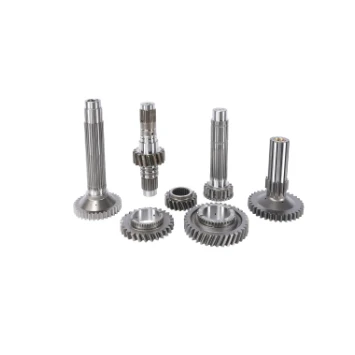
The agricultural and industrial machinery sector is experiencing remarkable growth, and at the heart of this expansion lies the trade and supply of tractors.
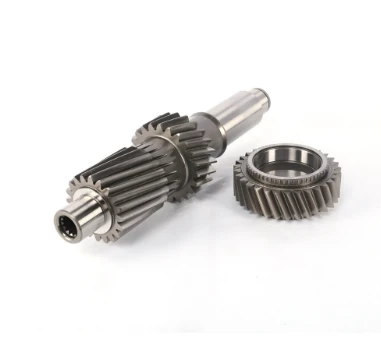
In the world of heavy - duty construction, the seamless operation of machinery is crucial for large - scale projects.
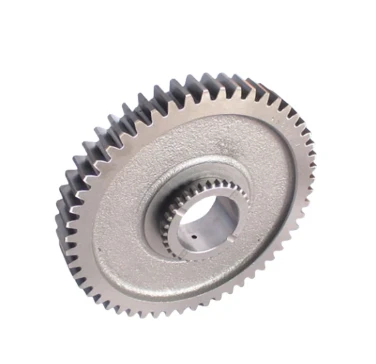
The world of tractors is vast and varied, catering to both practical agricultural needs and the passionate interests of collectors.
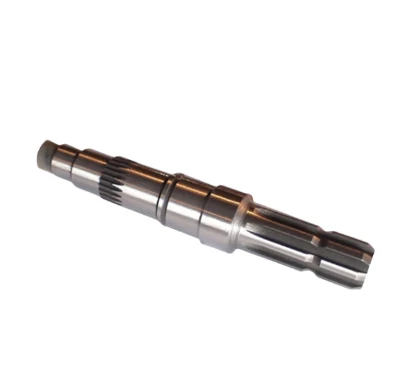
The agricultural and construction machinery landscape is constantly evolving, with tractors standing as essential workhorses for a variety of tasks.
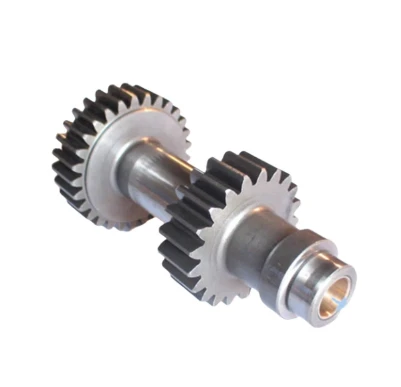
In the intricate world of mechanical engineering, gears are fundamental components that enable the seamless transfer and manipulation of power.
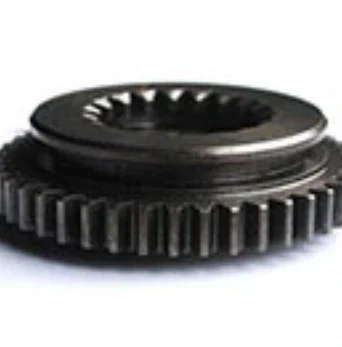
The market for tractors is a bustling hub, catering to a wide range of needs from large - scale farming operations to small - scale gardening projects.
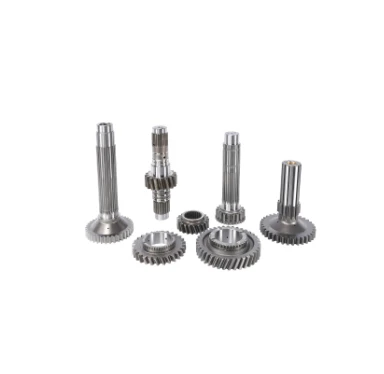
In the dynamic world of farming, machinery has become an essential part of efficient and productive operations.
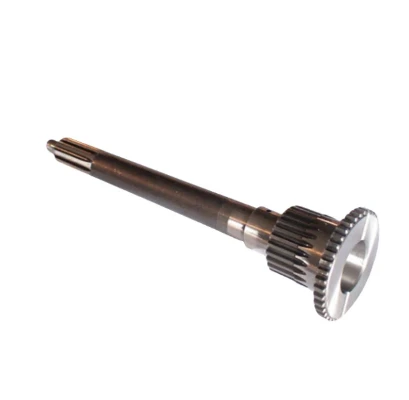
In the expansive realm of agriculture, various tools and machines play crucial roles in ensuring efficient crop production and overall farm management.
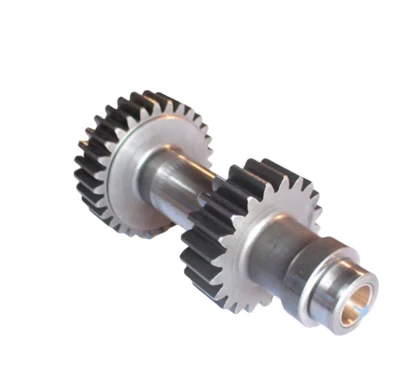
Tractors are essential workhorses in the agricultural and construction sectors, playing a pivotal role in a wide range of tasks.
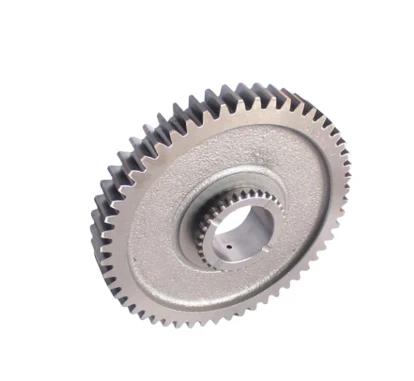
The agricultural and construction sectors rely heavily on tractors for their operations, and the entities involved in the production, distribution, and pricing of these machines shape the industry's trajectory.
International layout
Spread all over the world
our products are exported to various parts of the world. Currently, our products have been exported to more than 40 countries Our products cover Asia, Europe, Africa, South America, North America, and Oceania
Sign up
for Newsletter
Subscribe to the weekly newsletter for all the latest updates







